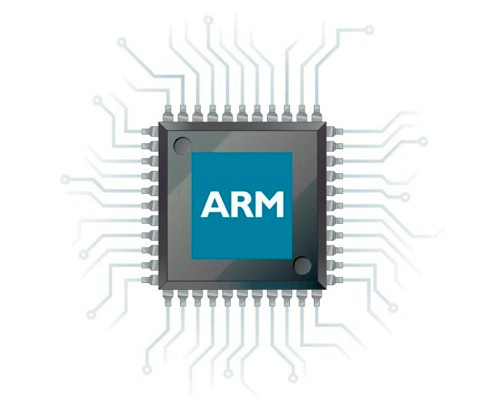Differences
This shows you the differences between two versions of the page.
|
ass:cursuri:04:theory:00 [2024/08/09 17:55] radu.mantu |
ass:cursuri:04:theory:00 [2024/08/15 19:20] (current) radu.mantu [QEMU setup for kernel development] |
||
|---|---|---|---|
| Line 138: | Line 138: | ||
| Some terminal emulators such as [[https://github.com/kovidgoyal/kitty|kitty]] support custom ''TERM'' values such as **xterm-kitty** but most shells won't have any idea how to particularize the output for it. Stick to **xterm** :p | Some terminal emulators such as [[https://github.com/kovidgoyal/kitty|kitty]] support custom ''TERM'' values such as **xterm-kitty** but most shells won't have any idea how to particularize the output for it. Stick to **xterm** :p | ||
| ---- | ---- | ||
| - | If the VM doesn't accept your root login password even after specifically setting it from **chroot** via **passwd**, make sure you're running the script with **sudo**. When debootstrapping the rootfs, the file owner was set to //root//, meaning that your unprivileged user won't have read access to ''/etc/shadow'' that has ''rw----'' permissions. As a result, ''systemd-login'' won't be able to validate your password against its stored cryptographic hash. Though I agree, it could be a bit more verbose about that fact :/ | + | If the VM doesn't accept your root login password even after specifically setting it from **chroot** via **passwd**, make sure you're running the script with **sudo**. When debootstrapping the rootfs, the file owner was set to //root//, meaning that your unprivileged user won't have read access to ''/etc/shadow'' that has ''rw%%----%%'' permissions. As a result, ''systemd-login'' won't be able to validate your password against its stored cryptographic hash. Though I agree, it could be a bit more verbose about that fact :/ |
| </note> | </note> | ||

